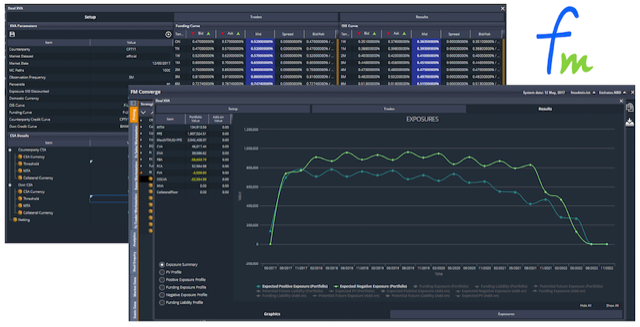
Forget about other solutions like loading hive and changing services which to start. You cannot install VMware scsi driver on source machine because it's not compatible). Create new folder in datastore, copy both files there and wait till VMware finishes combining both files.Ĭreate new VM and choose existing disk, find your VMDK file in datastore and you are done.įor Win2008(this works for both Win2008 and WIn2008r2) you need to do these extra steps because VM will go in BSOD because it's laking SCSI driver(once you remove XS tools you will see in Device Manager that it's missing SCSI controller driver. Source image location - local file> choose VHD file >choose VMware ESX server image and run conversionĪfter it finishes it will create two files *.VMDK and *-flat.VMDK. They will send you download link in email): You have convert OVF to VMDK.ĭownload and Install Starwind V2V converter latest version and run it(you need to register with legit email. You cannot import OVF into VMware because it will show some kind of XML error. Once conversion finishes rename vhd files to proper vm name, because it will called ref**.vhd. Run Xenconvert choose - From - Xenserver virtual appliance,To - open virtualization format ovf It doesn't have an option to convert XVA to OVF or any other option to convert vdisk file. Once export finishes you need to convert the xva appliance file to OVG.ĭownload and Install XenConvert (Xenconvert is depricated and you cannot download it from Citrix.

Xe.exe -s -u root -pw vm-export vm="" filename=C:\Export\.xva -nossl Go to C:\Program Files (x86)\Citrix\XenCenter and open cmd in that location. Once you run command you can see the VM icon becomes yellow and you can see export progress in Xencenter notifications. You can export in only in XVA format from cmd though, but it's still faster to export in XVA and convert to OVF. Differ between OS.Įxport VM using CMD and not the GUI because you can export without using SSL encryption, it's lot faster. Differ between OS.ĭelete all xen*.dll in C:\Windows\System32\ - 19 files by default.

Check Disk, Network Adapter)ĭelete all xen*.sys in C:\Windows\System32\drivers - 9 files by default. Double check if there are no hidden devices View>Show Hidden Devices. Remove in Device manager Xen PV Bus, it remove all other Xen hidden devices. Note IP address of VM because when you remove XS tools the IP configuration will not move on new adapter. No other way worked for me.įastest way to migrate Xenserver VM to ESXi(i tried with Xen 7.2 to VMware 6.0 U3): Yes, Xenserver is a turd and it's real pain in the ass to migrate VMs from it. I have found a successful and fast way to migrate from Xenserver to Vmware.


 0 kommentar(er)
0 kommentar(er)
